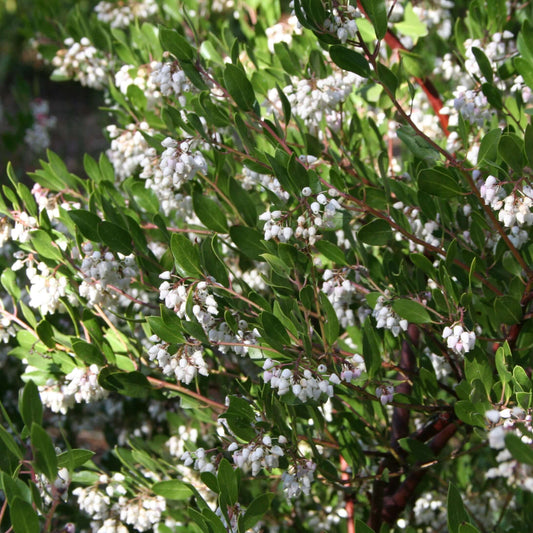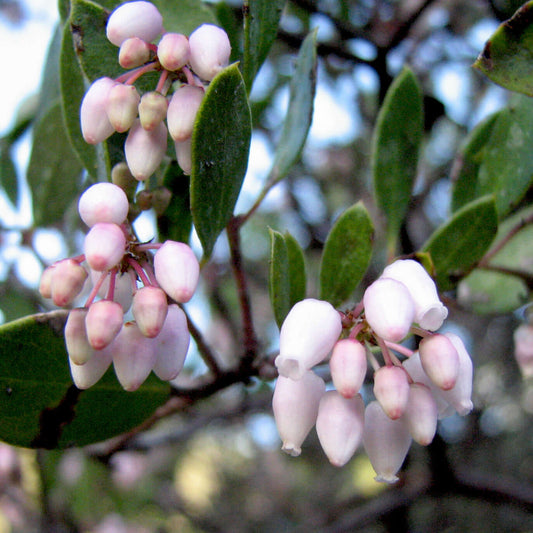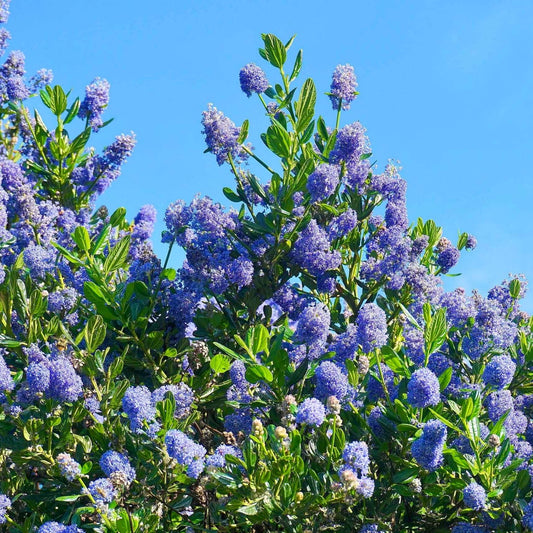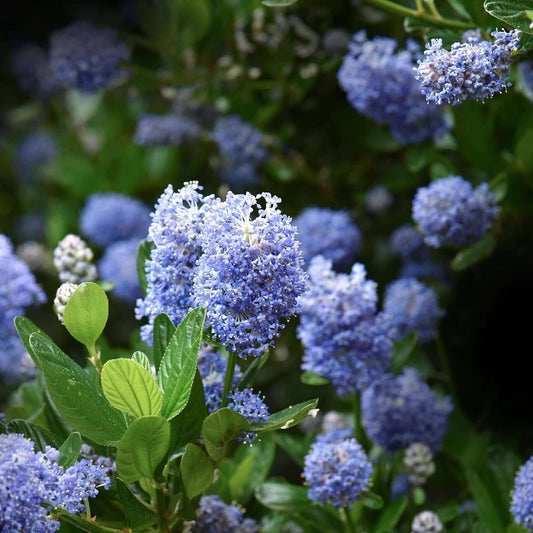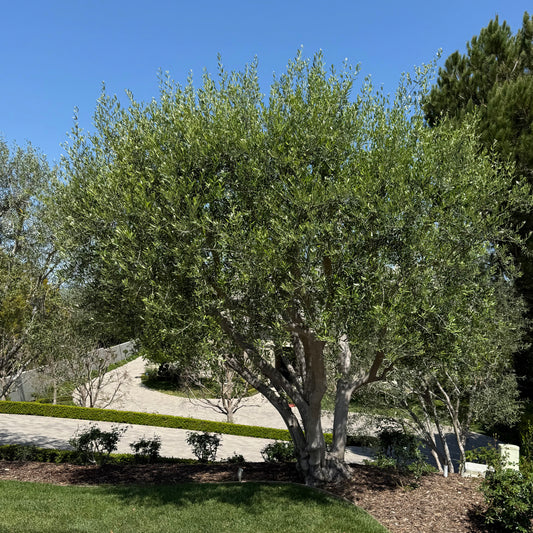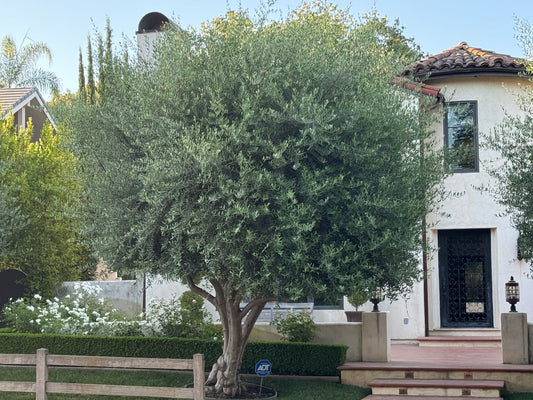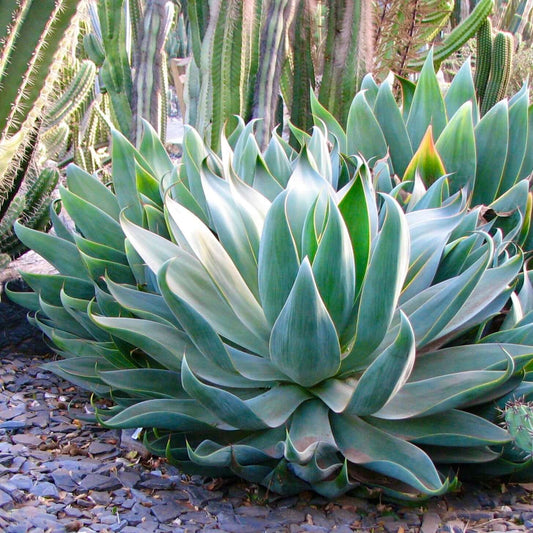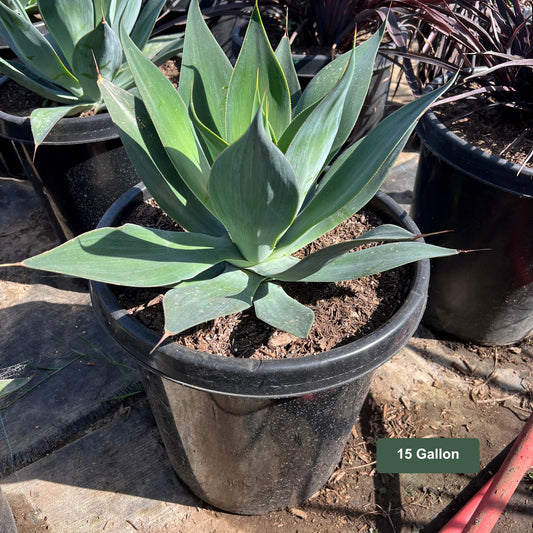
Waterwise Gardening in California: A Complete Guide to Drought-Tolerant Landscaping
Ana D'OliveiraIn the Golden State, where water is as precious as gold itself, creating a beautiful landscape that thrives with minimal irrigation isn't just environmentally responsible—it's becoming a necessity. With California's cyclical droughts and water restrictions, waterwise gardening represents a sustainable approach to maintaining vibrant outdoor spaces while conserving our most precious resource...
,
Why Choose Waterwise Gardening?
California's Mediterranean climate, characterized by wet winters and dry summers, creates unique challenges for gardeners. Traditional landscapes with thirsty lawns can consume up to 1.5 inches of water weekly during the growing season—approximately 62 gallons per square foot annually. In contrast, xeriscaping—landscaping designed for water efficiency—can reduce water consumption by 50-75% compared to conventional lawns.
Beyond water conservation, drought-tolerant landscaping offers additional benefits:
- Lower maintenance requirements and fewer hours spent watering and mowing
- Reduced water bills and long-term cost savings
- Support for local wildlife and pollinators
- Increased resilience during water restrictions and drought conditions
-
Enhanced property value with a distinctive, climate-appropriate landscape

Top Waterwise Plants for California Gardens
The key to successful drought-tolerant landscaping lies in selecting the right plants. Fortunately, California's diverse native flora and plants from similar Mediterranean climates around the world offer abundant options:
California Native Plants
Manzanita (Arctostaphylos) - With striking red bark and evergreen foliage, manzanitas are quintessential California natives that withstand extreme drought conditions. These architectural shrubs provide year-round interest while attracting birds with their small fruits.
California Sage (Salvia clevelandii) - This aromatic shrub produces beautiful purple-blue flower spikes that attract hummingbirds and butterflies. Its silver-gray foliage adds textural contrast to the garden while requiring minimal water once established.
Toyon (Heteromeles arbutifolia) - Also known as California holly, this evergreen shrub features bright red berries in winter, providing wildlife food and seasonal color. Resilient and adaptable, toyon thrives in various soil conditions with little irrigation.
California Lilac (Ceanothus) - Offering spectacular blue flower displays in spring, Ceanothus varieties range from ground covers to small trees. These natives support native bees and require almost no summer water once established.
California Fuchsia (Epilobium canum) - With brilliant orange-red tubular flowers, this late-summer bloomer provides essential nectar for hummingbirds when other plants have finished flowering. It spreads to form effective groundcover in dry areas.
California Poppy (Eschscholzia californica) - The state flower of California, these brilliant orange bloomers are drought-tolerant annuals that self-seed readily, returning year after year with minimal care.
Western Redbud (Cercis occidentalis)- This small native tree delivers stunning pink-purple blossoms in early spring before its heart-shaped leaves emerge. Drought-tolerant once established, it provides multi-season interest with minimal water requirements.
Mediterranean Climate Favorites
Lavender (Lavandula) - Known for its fragrant purple blooms, lavender thrives in dry, sunny locations. It repels pests naturally while attracting beneficial pollinators, making it perfect for border plantings.
Rosemary (Rosmarinus officinalis) - This culinary herb doubles as an excellent landscaping plant with aromatic foliage and blue flowers. It tolerates poor soil and requires minimal water once established.
Olive (Olea europaea) - With silvery-gray foliage and distinctive gnarled trunks as they mature, olive trees make striking landscape specimens while requiring little supplemental irrigation.

Drought-Tolerant Superstars
Succulents - Coming in endless varieties, succulents store water in their fleshy leaves, making them extraordinarily drought-resistant. These virtually indestructible plants add texture, color, and architectural interest to rock gardens and containers.
Agave - These architectural plants store water in their thick leaves, withstanding extended periods without irrigation. They make dramatic focal points and require almost no maintenance.
,
Smart Irrigation Strategies for Waterwise Gardens
Even drought-tolerant gardens require thoughtful irrigation, especially during establishment and extreme heat periods. Implementing efficient watering systems can dramatically reduce water usage while keeping plants healthy.
Drip Irrigation
Drip systems deliver water directly to plant roots, reducing evaporation and runoff. However, when installing drip irrigation for California natives, it's essential to follow these guidelines:
- Avoid single-point drip emitters directly on the root ball, which can encourage shallow roots and foster soil pathogens that harm established drought-tolerant plants
- Position drip emitters away from the plant's base, encouraging roots to spread outward
- For most established native plants, set timers to water deeply but infrequently
- Gradually reduce irrigation frequency as plants establish, typically after the first or second year
Smart Watering Practices
- Water early in the morning to minimize evaporation and fungal problems
- Group plants with similar water needs together in hydrozones to prevent overwatering drought-tolerant species
- Adjust seasonal watering schedules to account for natural rainfall patterns
- Reduce irrigation as the fall weather cools, to help aid any plants in the garden with a winter dormancy period prepare for the season
- Monitor plants for signs of stress rather than watering on a fixed schedule, as many California natives naturally slow growth during summer
-
Apply water indirectly for established drought-tolerant plants, moistening soil a few feet away from the root ball rather than directly at the base
Mulching for Moisture Retention
A 2-3 inch layer of appropriate mulch conserves soil moisture, suppresses weeds, and improves soil health over time. For California native gardens:
- Use natural mulches like wood chips, bark, or gravel depending on the garden style
- Keep mulch several inches away from plant stems to prevent rot
- Replenish mulch annually as it breaks down or becomes displaced
Designing Your Waterwise Landscape
Creating an attractive drought-tolerant garden requires thoughtful design that balances aesthetics with water conservation:
Planning Principles
- Assess your site - Note sun exposure, existing drainage patterns, soil type, and microclimates
- Create functional zones - Designate areas for recreation, entertaining, and purely ornamental plantings
- Consider mature plant sizes to avoid overcrowding and excessive pruning
- Incorporate hardscape elements like patios, pathways, and dry creek beds to reduce planted area while adding visual interest
- Plan for seasonal interest with plants that offer attractive features throughout the year
Lawn Alternatives
Replace water-hungry grass with these lower-maintenance options:
- Native meadow plantings using bunch grasses and wildflowers
- Permeable hardscaping with decomposed granite or stepping stones interspersed with low-growing groundcovers
- Gravel gardens featuring sculptural drought-tolerant plants
-
Low-water groundcovers like Dymondia, Kurapia, or Lippia that can withstand light foot traffic
,
Establishing Your Waterwise Garden
The establishment period is critical for drought-tolerant landscapes, as even the most water-efficient plants need regular irrigation until their root systems develop.
First-Year Care
- Water deeply but infrequently to encourage deep roots
- Monitor new plants closely for signs of stress, especially during heat waves
- Maintain a consistent watering schedule during the first growing season
- Apply mulch immediately after planting to conserve moisture
Long-Term Success
- Gradually reduce watering frequency during the second year as plants establish
- Shift to minimal supplemental irrigation by the third year for most California natives
- Observe plant responses during dry periods rather than automatically increasing water
- Understand that some drought-tolerant species may appear dormant or less lush during summer months - this is their natural adaptation to California's climate
,
Conclusion
Waterwise gardening in California isn't about creating barren, lifeless landscapes—it's about embracing the state's natural beauty and working with our unique climate rather than against it. By selecting drought-tolerant plants adapted to California's conditions, implementing efficient irrigation systems, and following sustainable gardening practices, you can create a stunning landscape that remains resilient through dry summers and water restrictions.
The future of California gardening lies in these water-efficient approaches that honor our state's precious resources while creating habitats for native wildlife and spaces for human enjoyment. Whether you're converting a small section of lawn or redesigning your entire property, every step toward waterwise landscaping contributes to a more sustainable and beautiful California.
For more information on waterwise gardening and resources for drought-tolerant plant selection, visit the University of California Agriculture and Natural Resources website or your local water district's conservation programs.



